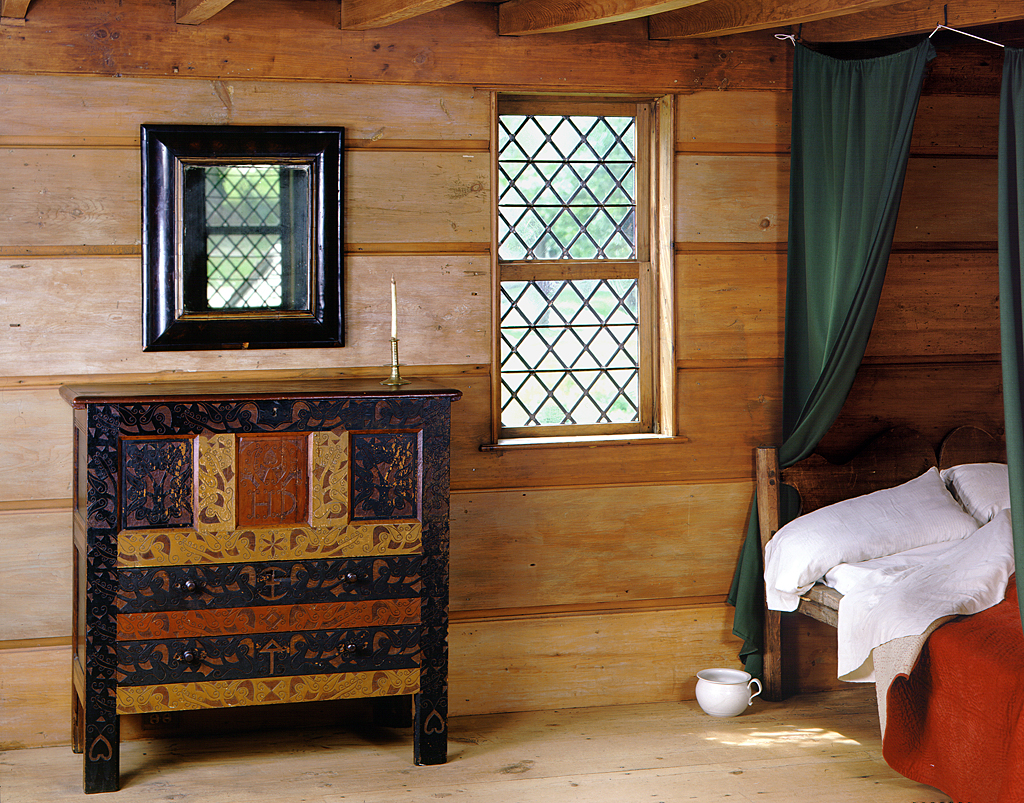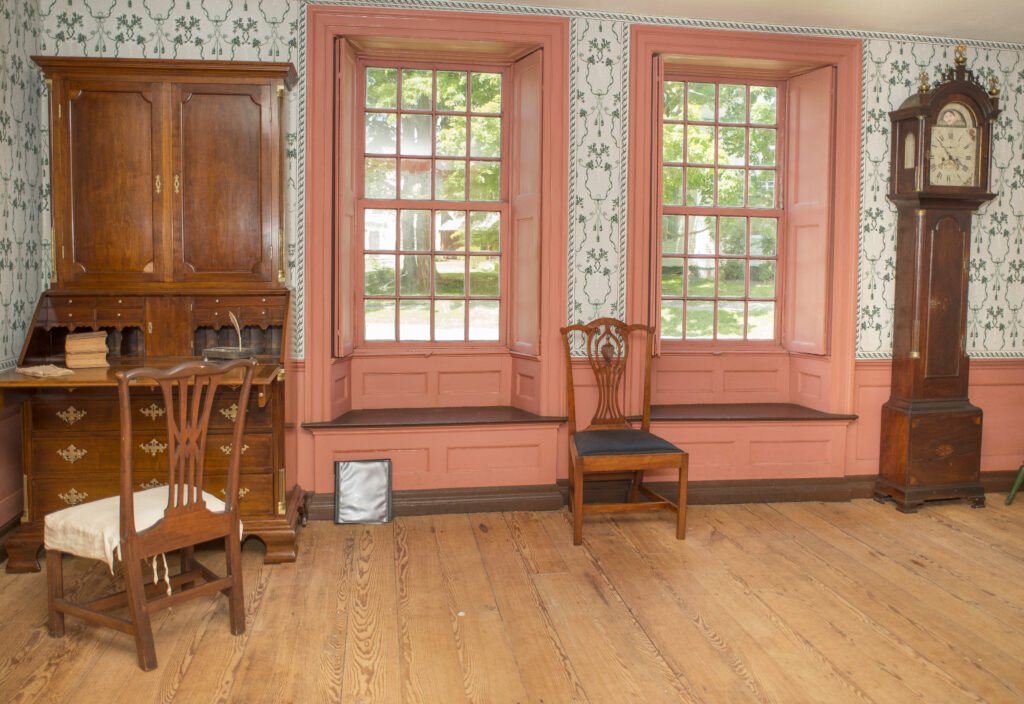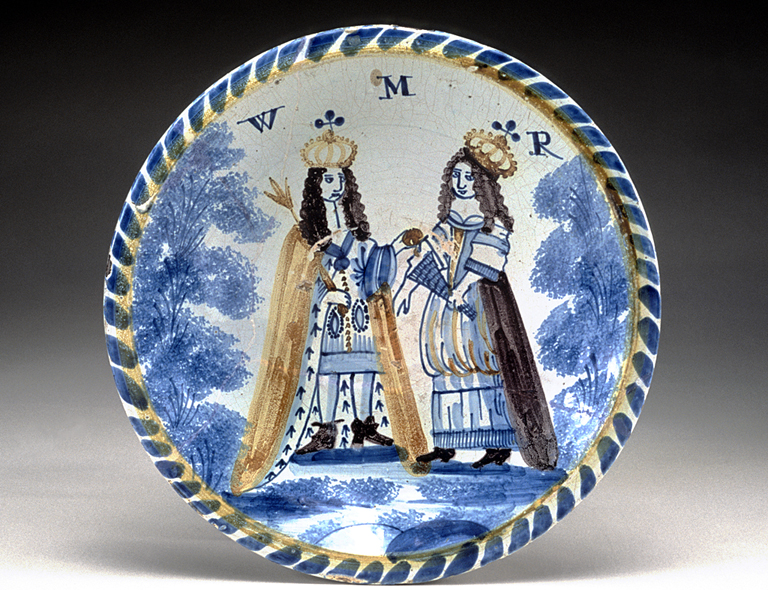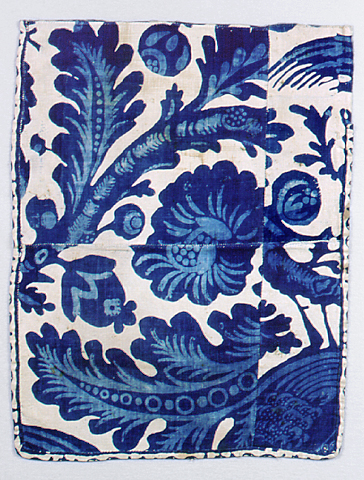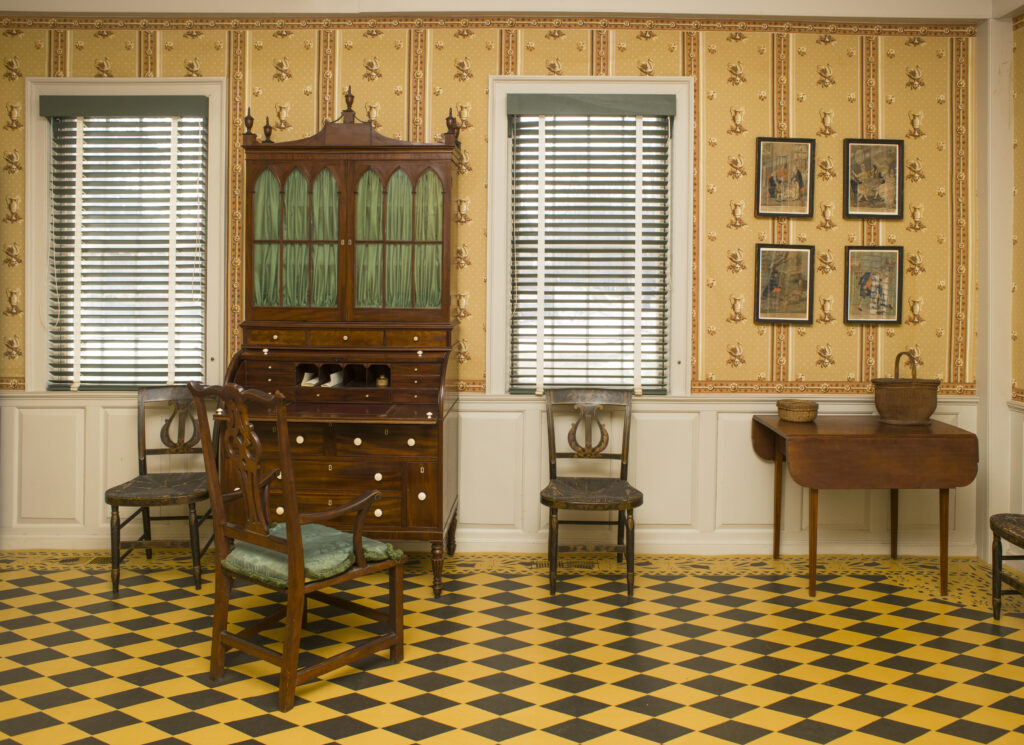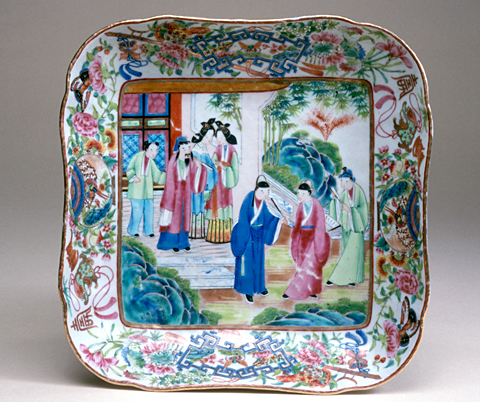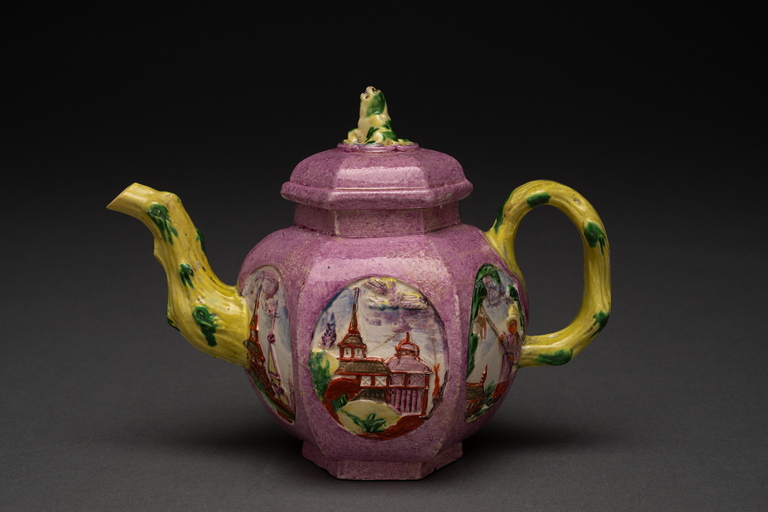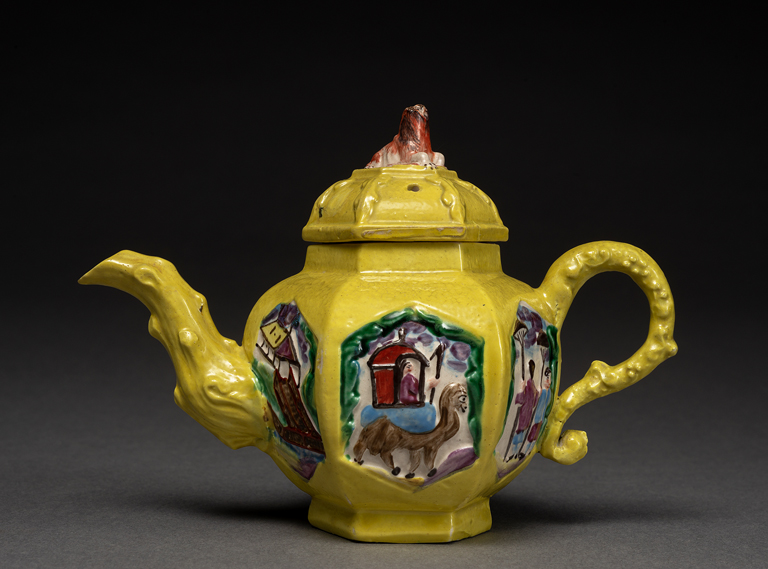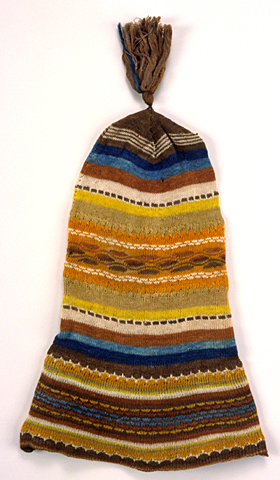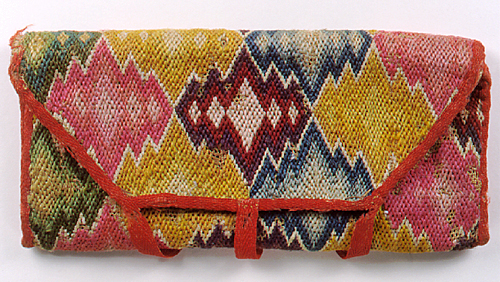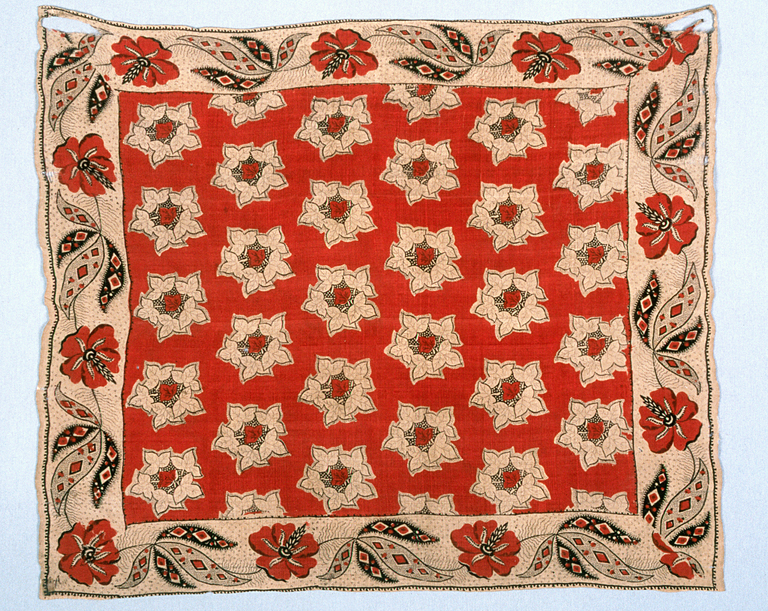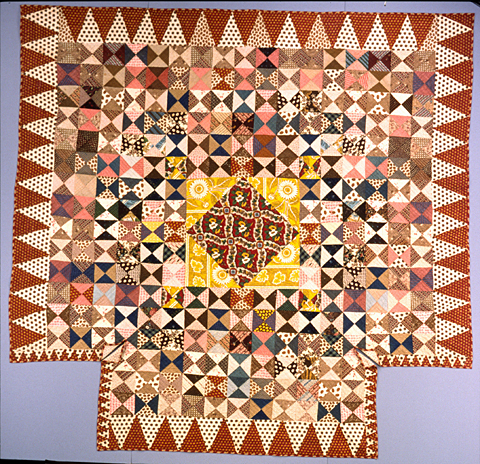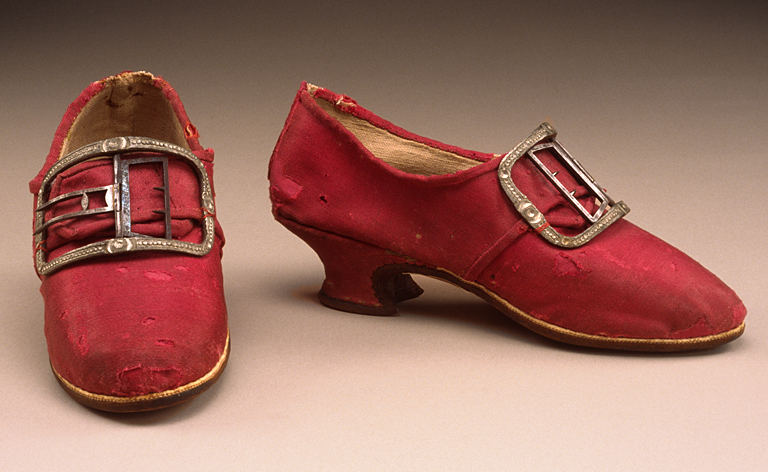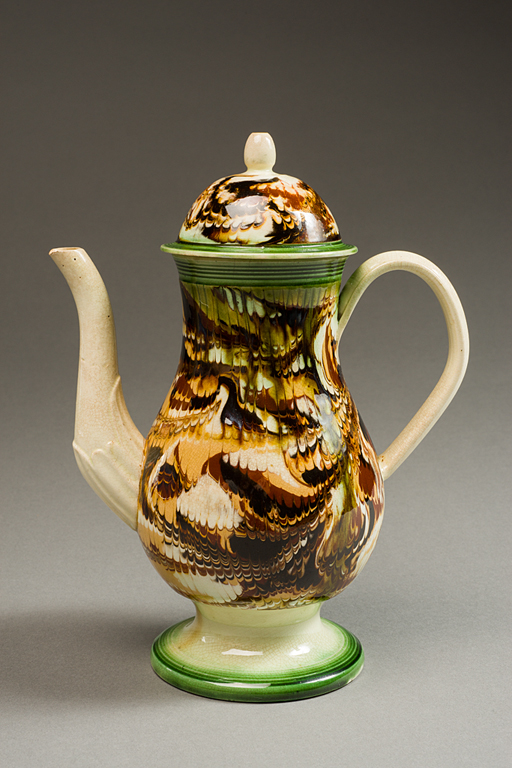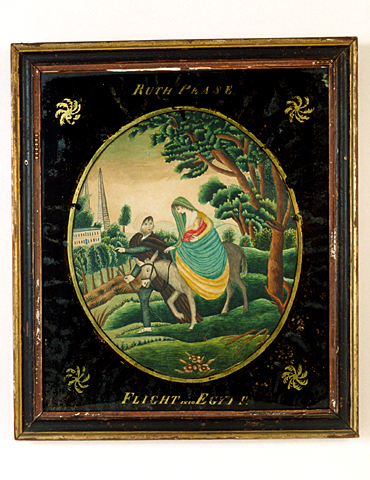Coloring New England’s Past
An Historic Deerfield Forum, Deerfield, MA
September 13-14, 2024
CALL FOR PAPERS
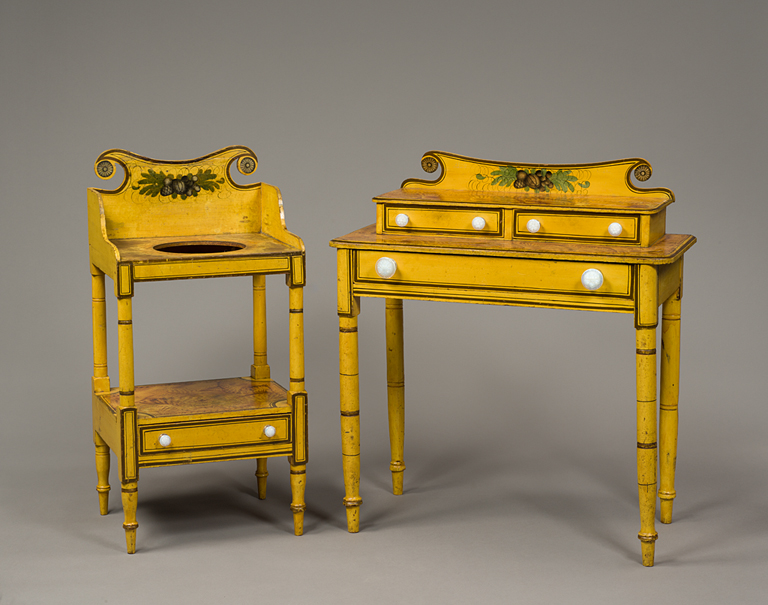
Call for Papers
Submissions due by June 3, 2024
Historic Deerfield is home to one of the finest collections of New England architecture, interiors, and decorative arts of the 18th and 19th centuries. Rich in locally made and imported objects, the collection ranges widely from painted and japanned furniture, dyed, painted, and printed textiles, embroidered needlework and samplers, and paintings, drawings, painted prints and maps, and watercolors. The museum’s Library also features the superb collection of Stephen L. Wolf (1917-2008). Over the course of half a century, Wolf amassed pamphlets, trade catalogs, periodicals, and ephemera dating from the late 1500s to the present including works on fine art, interior decoration, carriage painting, japanning, color theory, wall treatments, dyeing, enameling, glazing, theatrical set design, art restoration, varnishes, gilding, and the manufacture of paint.
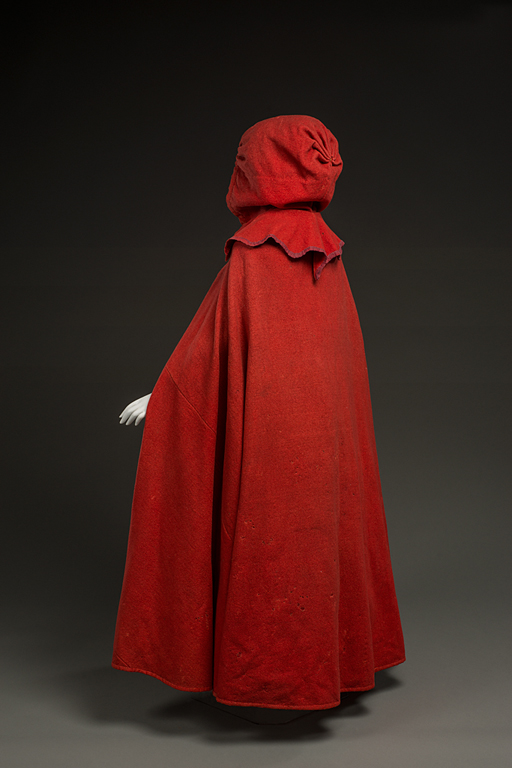
Interest in the history of color has been growing in recent decades, with prominent publications such as The Materiality of Color: The Production, Circulation, and Application of Dyes and Pigments, 1400-1800 (2012), Colour Revolution: Victorian Art, Fashion, and Design (2023), and Journal18’s Color issue (Spring 2024), but few studies have examined color’s impact on specific cultural regions, such as New England. Despite the pervasive misconception of drabness, New England embraced color as a mode of defining cultural differences and status. Connecticut River Valley newspapers advertised a wide range of colored paints, and merchant Elisha Pomeroy’s Northampton shelves groaned with the weight of about 2,500 yards of fabric, in colors from black, blue, and brown to pink, yellow, and crimson in patterns from striped to spotted. Pigments and dye materials also formed an important aspect of trans-Atlantic colonialism, connecting New England to Europe, Africa, the West Indies, Mexico, and South America.
Historic Deerfield’s 2024 Fall Forum, Coloring New England’s Past aims to address and examine this topic by convening a group of experts in the field to explore the vast subject of color and its history. Historic Deerfield invites paper proposals for its two-day forum. Priority will be given to paper submissions that present new research and examine topics in non-traditional ways. Submissions beyond the geographical scope of New England but informative to this area are also encouraged.
Topics or themes ranging in date from the colonial period to the 20th century might include but are not
limited to:
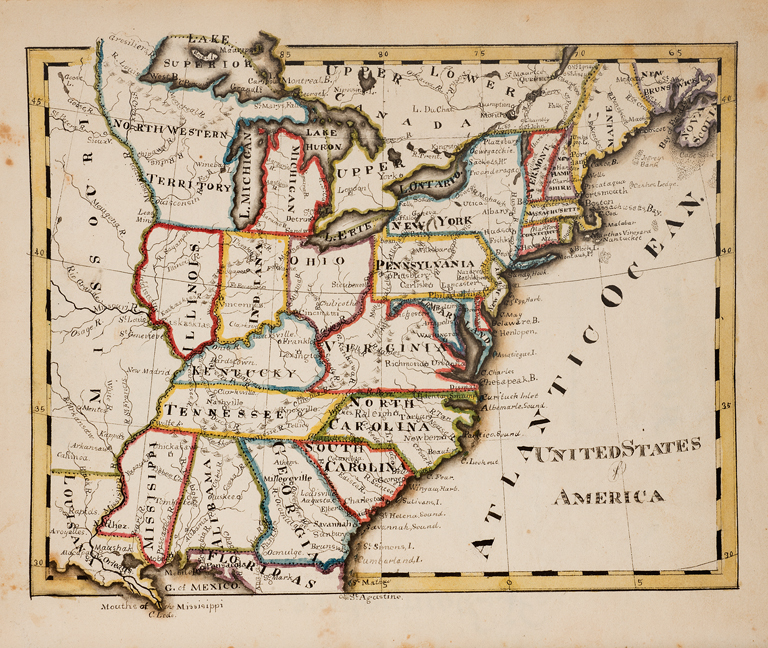
Object Studies
- Focused investigations of individual or small groups of objects made or used in New England (architecture, interiors, wallpaper, painting, sculpture, watercolors, maps and prints, book arts, furniture, trade signs and carriages, ceramics, textiles, needlework, and other decorative arts)
Artist/Artisan Biographies, Artisan Manuals, and Materials
- Explorations of the life and work of New England artists or artisans and their use of color
- Dissemination of information and publications on color and surface techniques, e.g., Rufus Porter
- New England’s experience with natural and imported dyestuffs
- Recipes and formulas to make paint, surface effects (japanning, trompe-l’oeil), varnishes, glazes, and gilding
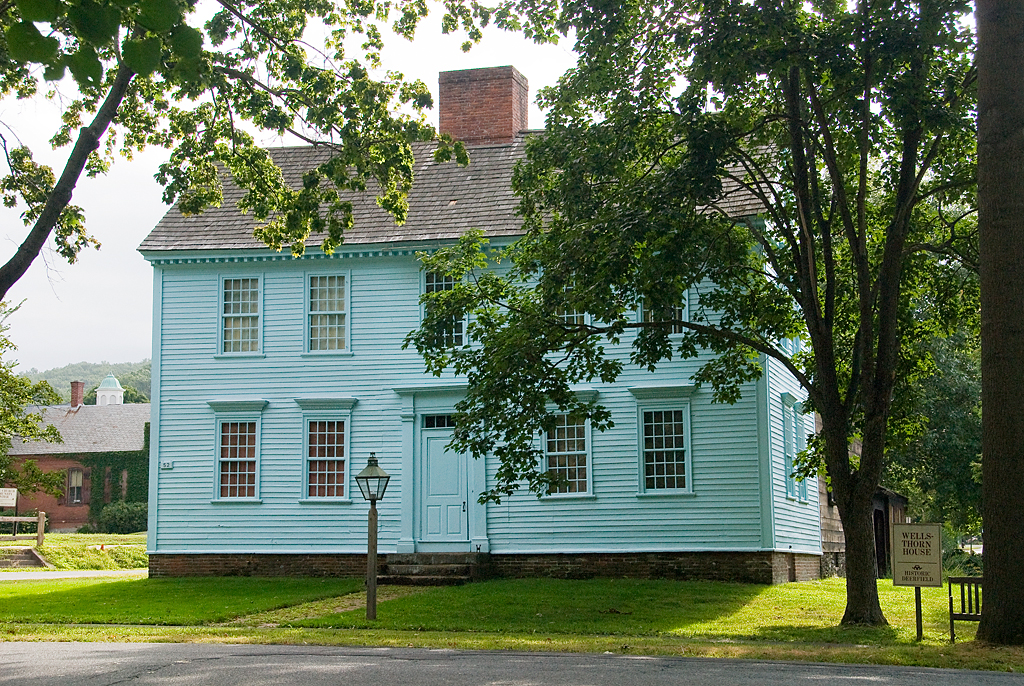
Analysis, Preservation, and Conservation
- Projects that focus on the study, preservation, conservation, or restoration of period colors in New England architecture, interiors, fine arts, and decorative arts (for example, color washing and tinted mortar on brick facades)
Color’s Social and Cultural Meanings
- Influence of color on fashion, cosmetics, and body ornamentation
- Use of color as expressions of power, political alliances, solidarity, race, gender, self-expression, or social control
Science, Technology, and Commerce
- Introduction, sales, and expansion of natural and synthetic colors
- Transatlantic trade in minerals, dyestuffs, and pigments; colors as commodities and products of human labor; effect of war and conflict on available colors
- Rise of standardization and manufacture of paints and dyes
TO SUBMIT A PROPOSAL
Please send (as a single email attachment) a lecture title, a 250-word abstract that describes the lecture, and a one-page vita or biography to Amanda Lange, Curatorial Department Director and forum organizer, at lange@historic-deerfield.org. Papers should be 25 minutes in length and must be image and/or object based. Proposals will be accepted until June 3, 2024. You will be notified of the status of your proposal no later than June 15, 2024.
Speakers whose papers are accepted will be given complimentary registration to the symposium, free lodging, and meals. The forum will convene in Deerfield, Massachusetts, as a hybrid program, with both on-site and virtual registration options for attendees. Speakers will be expected to present on site at Historic Deerfield.
